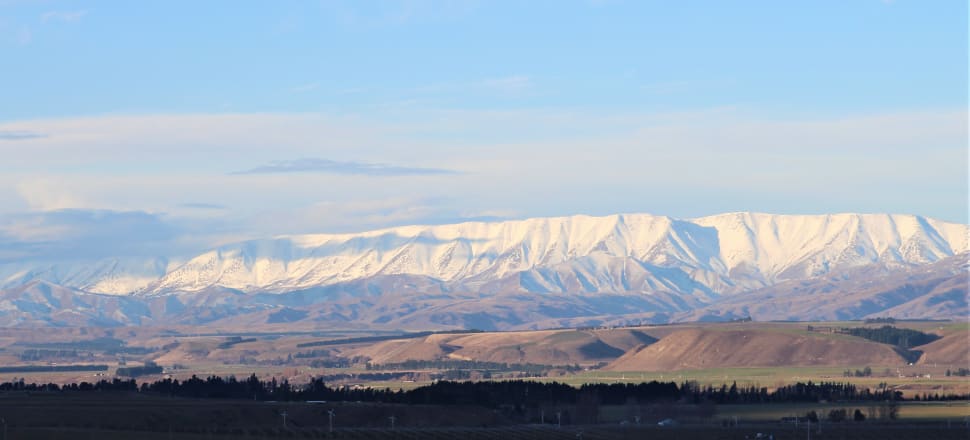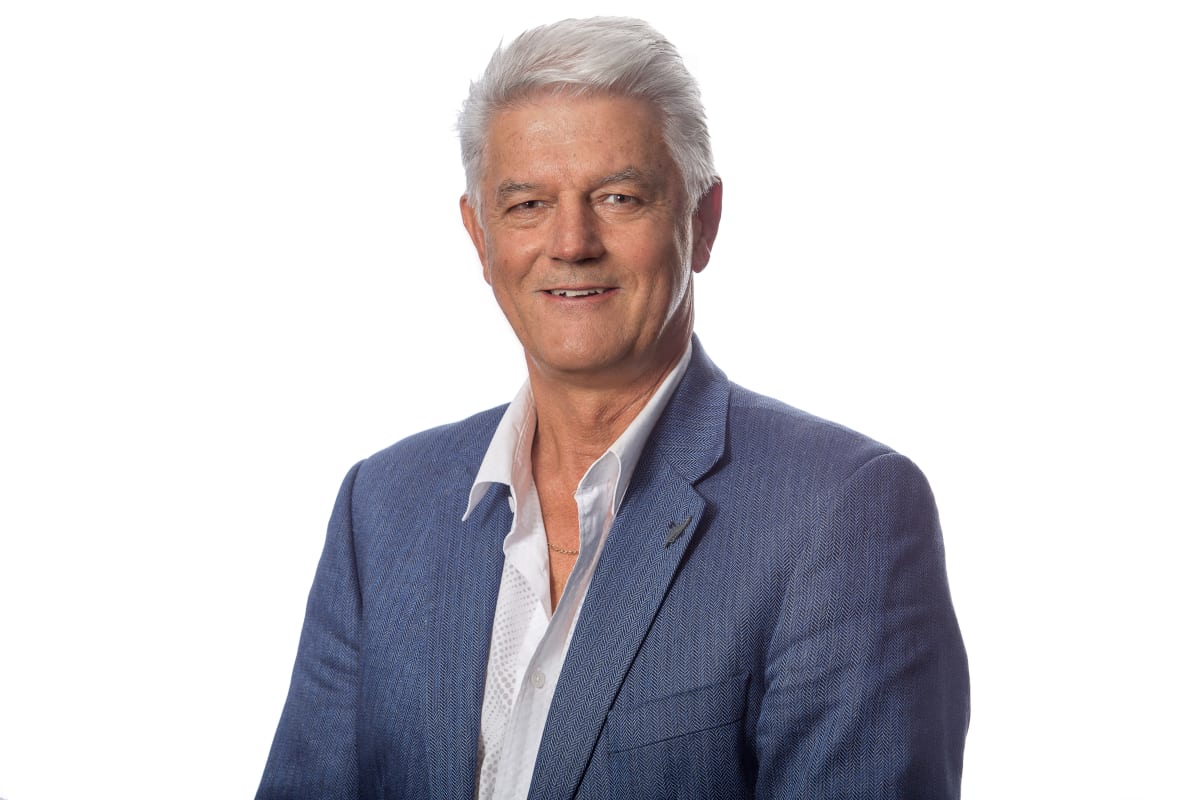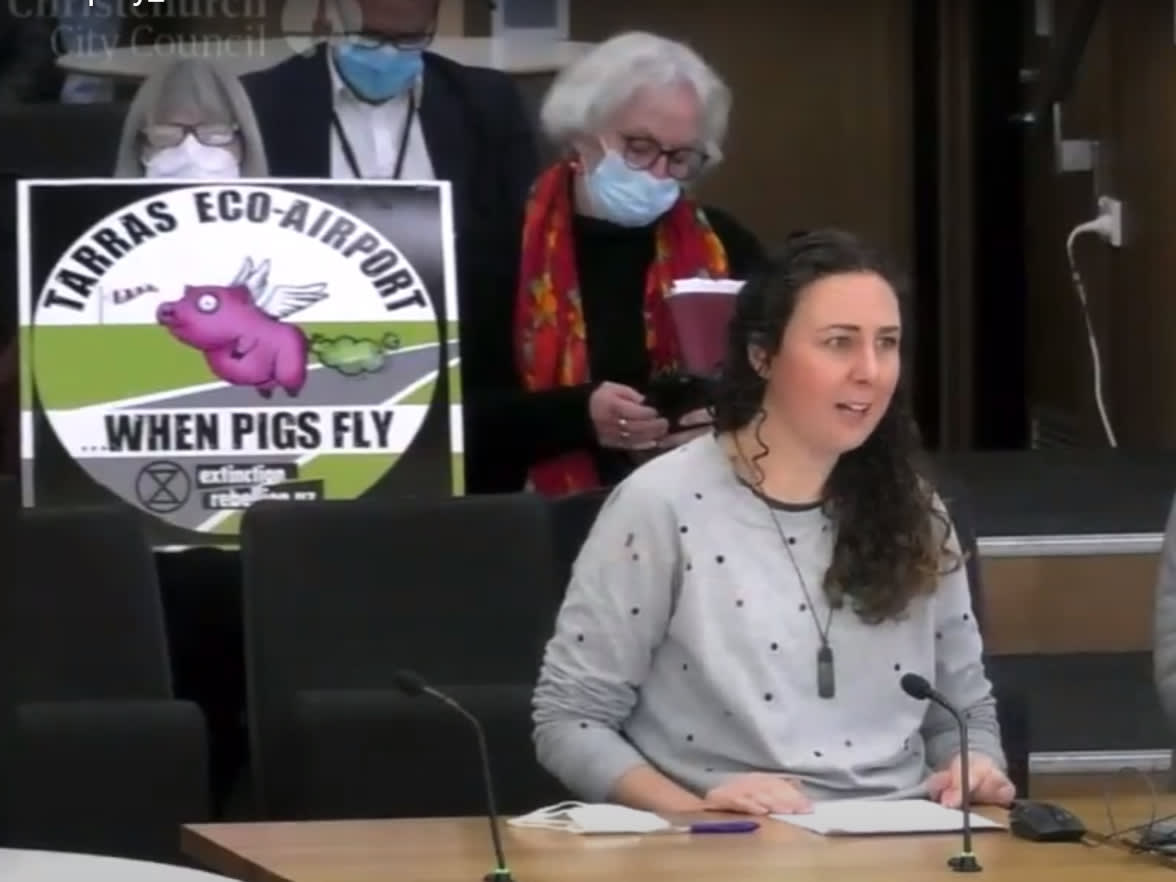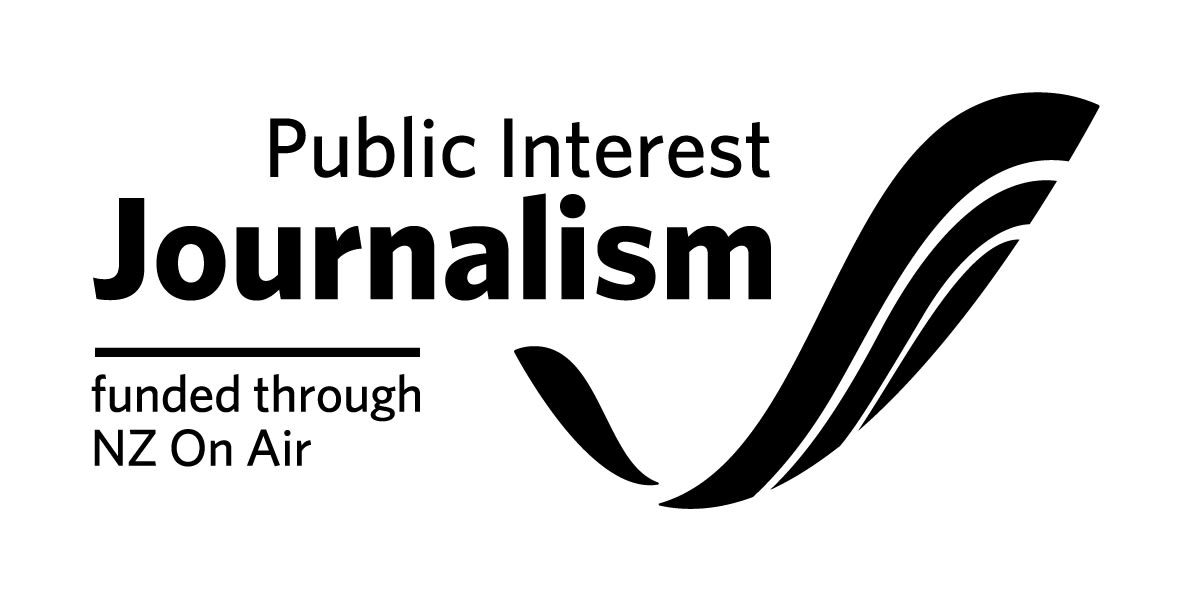
As Christchurch Airport looks to spread its wings with a new international terminal in the wide open spaces of Tarras, Central Otago, the project’s leader sits down with Newsroom in a crowded Cromwell cafe to explain its ambitions
In the words of Michael Singleton, who heads Christchurch Airport’s Tarras project, all that’s planned are some modest buildings and a runway: “We are not building Heathrow.”
To get a handle on the project’s scale, says Singleton, the intended wide-body-capable 2.2km runway and terminal development will be comparable to the existing Nelson, Invercargill and Dunedin airports.
Meagre though that information is, it’s more than the majority Christchurch City Council-owned airport operator has previously revealed about the Tarras project, in which it has already invested $45 million. More, presumably, will be learnt if and when plans are drawn up.
If the project is deemed feasible and consents are issued, the bulldozers will roll into Tarras in five years to start a construction phase that Singleton says has no specific end point.
In 2020, 750ha of farmland was quietly bought on the strength of concerns highlighted by Air New Zealand two years earlier over nearby Queenstown Airport’s capacity.
In a submission to Queenstown Airport Corporation’s review of noise boundaries, Air New Zealand said it would encourage the airport to engage with central government, local government and airlines on options for delivery of tourism to Central Otago, independently of the discussion of noise boundaries at the Queenstown facility.
“Options should include a terminal catering for the long-term growth of Central Otago.”
Air New Zealand would not be drawn this week on whether it still holds that view, a spokesperson saying the airline’s focus is on rebuilding its network after the Covid border closure.
“Over the longer term, the development of further airport infrastructure is first and foremost a matter for airport companies and local communities.”
Christchurch Airport has a website laying out its Tarras thinking. The site - since updated - said the idea was a response to calls by airlines for more options. “Airlines”, it seems, might amount only to Air New Zealand. But Singleton says discussions are always taking place with others and the idea for southwards expansion had been aired before the Tarras site was acquired.
The Aussies are coming
Over the past 18 months, Christchurch Airport has been making presentations in Central Otago to small-business networking groups and in public forum sessions that precede local authority meetings.
While it says they’ve gone down well, claims regarding capacity issues at Dunedin, Invercargill and Queenstown airports have riled those operators. They feel the constraints being predicted and doom-and-gloom picture being painted are wrong and ignore capacity that already exists for managing growth.

Singleton points to traveller-growth predictions from our biggest source of visitors, Australia, as evidence of coming demand, and major airport expansions that are under way in Sydney and Melbourne.
Christchurch Airport also extols the economic benefits of long-haul aircraft touching down in Central Otago. One of its data points claims a single daily international arrival of a wide-body jet would deliver $670 million a year in value. The figure is an industry standard for the aircraft type and has no relation to Central’s volumes, seasonal fluctuations or freight values.
How that number would translate into the real world, the Tarras-plan booster concedes, is unknown, but being able to handle wide-body aircraft is the important factor.
Growers, Christchurch Airport points out, are missing opportunities because the South Island is producing double the exports that are flown from the Garden City.
But: “It’s too early for us to carry out specific demand and freight modelling. First, we need to establish our site’s aeronautical capability - work out what aircraft can fly there - and allow time to see whether there were, in fact, any unexpected changes as a result of the pandemic.”
People and freight create demand and the airlines follow, Singleton says. Christchurch Airport does not have complete confidence in the proposal yet but believes it has the fundamentals to make it work.
“It’s not a build-it-and-they-will-come scenario. We don’t have supply contracts with airlines.”
Covid “took a bite out of the curves” for the project and a reset on tourism strategy is also a factor. Many believe mass tourists are yesterday’s crowd with new tourism destination-management plans setting in place a slowed-down, environmentally focused industry in which travellers will take some responsibility for the effects of their visit.
According to Singleton, ultimately freedom of movement can’t be restricted and all communities will be welcomed into the country.
“Visitors to New Zealand will come, we have an open-skies policy and travel to New Zealand is freely accessible.”
He says an airport in Tarras will help disperse visitors more widely across the region. He doesn’t believe that, with Queenstown a major drawcard, tourists setting off by road from Tarras will run into traffic jams in the narrow Kawarau Gorge.
Being a “leisure airport”, people would come and go all day and not just at peak hours, which would smooth traffic flows.
Not convinced
Whatever Air New Zealand might make of Christchurch Airport’s ambitions, the airline’s former deputy chief executive, Norm Thompson, doesn’t buy the need for a Tarras terminal.
Thompson, granted the New Zealand Order of Merit for more than 40 years' services to aviation and tourism and a former Queenstown Airport board member, gives Christchurch Airport boss Malcolm Johns credit for “putting the idea out there”, but doesn’t believe a new Tarras airport is necessary.
“We don’t have a capacity issue today or in the longer term either as far as passengers are concerned. Christchurch Airport says it is building the airport for the region, but if you take the whole region, it already has significant airports as far as Queenstown, Dunedin and Invercargill are concerned, none of which is at capacity.”
Thompson, an adviser to Tātaki Auckland Unlimited, Tāmaki Makaurau’s economic and cultural agency, thinks Auckland will remain the hub for long-haul carriers, delivering tourists into New Zealand to spend time in the city then disperse from there, many flying straight to Queenstown.

He fails to see why the national carrier would fly long-haul services to Tarras when it doesn’t operate them to Christchurch, saying there isn’t demand and the seasonality of freight and tourist traffic are other significant factors.
“The main visitor flow is between November and March - the high summer season. That’s why, with the likes of Auckland, Wellington and Christchurch - particularly Auckland - it works because you’ve got New Zealanders travelling out during winter.”
He is concerned about what such a facility would do to a sparsely populated rural area.
“How can you justify such a huge investment? The cost is going to be staggering, but that’s an issue for Christchurch Airport. What does concern me as a taxpayer and a ratepayer in Queenstown is the cost of infrastructure around this airport, whether it be roading, water, sewage or power. It’s going to be significant.”
Singleton dismisses arguments over future capacity and says Christchurch Airport is looking at long-term needs. Secondary infrastructure costs, he says, would fall mainly on Waka Kotahi NZ Transport Agency - a public-funded entity - as the bulk of the affected routes are state highways.
“If the economic case doesn’t stack up, the airport won’t be built. On that basis, those who’re saying it’s nonsensical should be quite relaxed about our exploring it.”
How green is your airport?
Seventy-five percent owned by Christchurch City Council and 25 percent by the Crown, Christchurch Airport is acknowledged as a leader in the greening of aviation. Decarbonising the industry is an ongoing mission for the company, which operates at arm’s length from its public-sector owners.
As a commercial rather than public entity, it is not required to become carbon-neutral by 2025. Neither is it responsible for aircraft or other transport emissions, which the companies involved already offset.
Singleton says all Scope 1, 2 and 3 emissions (indirectly and directly released) from the Tarras project will be measured and monitored. But that’s not good enough, some say.

On August 11, Christchurch City councillors were told by environmental group Extinction Rebellion that planning for air infrastructure was not a job for “competing airport companies to be dictating” but something central, regional and local government should be working on together.
In a public forum, Sara Campbell told councillors the group believed the proposed Tarras airport, and the emissions it would enable, were at odds with a low-carbon future.
“There is no such thing as a sustainable airport,” Campbell says. “Please make better decisions.”
Singleton says government - local or otherwise - is not in the business of building airports and the public will have the opportunity to have input into the project through the three-year consenting process.
He foresees three possible outcomes for the Tarras plan. If feasibility studies show no case for a Tarras airport, the company would eventually sell the land.
If indications are the plan stacks up, then the present timeline will stand and the build will start in 2027. The company could also hold the land for decades if an airport looked to be “something that would stack up in the future”.
As for concerns that a Tarras airport might take business away from the Christchurch terminal, he says Christchurch Airport is confident there will be enough demand to go around.
Although Singleton says the Tarras plan backers are happy to provide whatever information they can as work progresses, it appears he would rather not recall how many times he’s been asked about fog in the valley and whether the project could possibly work with Queenstown Airport continuing to operate.
“As we’ve said multiple times before, we don’t see any issues with fog in Central Otago that the modern technology of a new airport can’t overcome and we believe a new regional airport could co-exist alongside Queenstown Airport.”
Made with the support of the Public Interest Journalism Fund








